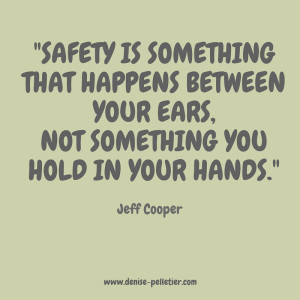It’s been an exciting last couple of weeks for me with the recent launch of Emma’s Skiing Adventure. As I participate in interviews with the media, I am finding I’m often asked what made me want to write a children’s book on ski injury prevention and for me, the answer is quite simple.
Having sustained a brain injury, I am all too aware of how difficult and challenging the rehabilitation road can be. A road where I endlessly encountered large signs that read Destination Unknown. I would not wish this on anyone and the idea of writing a children’s book to reduce the occurrence rate among one of the most high risk groups, was born.
“Children are the world’s most valuable resource and its best hope for the future.”
― John F. Kennedy
Preventable injuries are costing upwards of $26 billion a year in Canada, with the annual cost of brain injury being included in that number. While this is a sobering statistic, it doesn’t take into consideration the impact serious injuries can have your quality of life and the heavy emotional, mental and physical toil it can take.
 Writing Emma’s Skiing Adventure was my way of contributing to bringing the number of preventable injury incidents down by writing a story that appeals to the hearts and minds of both children and parents on the importance of always being mindful of safety. This book contains useful tips for adults on what should be taken into consideration when buying a helmet and how to ensure that it fits correctly for maximum protection. I spoke briefly on these topics last week on CTV Morning Live.
Writing Emma’s Skiing Adventure was my way of contributing to bringing the number of preventable injury incidents down by writing a story that appeals to the hearts and minds of both children and parents on the importance of always being mindful of safety. This book contains useful tips for adults on what should be taken into consideration when buying a helmet and how to ensure that it fits correctly for maximum protection. I spoke briefly on these topics last week on CTV Morning Live.
While a helmet isn’t concussion proof, it can significantly reduce the impact and severity of damage to your head should you be involved in a ski or snowboarding accident.
Wearing one is not an excuse to take increased risks on the slopes under the guise of feeling invincible, it’s more about having a heightened level of awareness of what the possible risks are so that you can be more mindful when skiing when faced with having to assess situations and make decisions (i.e. low visibility on an unfamiliar trail, skiing out of bounds, etc.).
Below are just a few startling statistics that solidified my decision to complete this book in time for the ski season:
– Traumatic brain injuries account for 50-88% of all fatalities at ski resorts in Canada with 67% of skiers deaths in children.
– Children and adolescents experience more head and neck injuries than adults. Head injuries account for the majority of deaths, serious injuries and significant disabilities sustained while skiing and snowboarding, with children between the ages of 7-17 having the highest risk of injury.
– Children are more susceptible to longer term impacts of a brain injury as the brain continues to develop until the early 20’s, meaning neurological deficits may not manifest until several years after the injury (i.e. delayed reading and writing skills in elementary school).
– The age groups at highest risk for traumatic brain injury are infants to 4 year olds and 15 to 19 year olds.
Let’s all come together in being a role model for all those around us by making safety a priority in our life.
If you live in Calgary or the surrounding area and are interested in getting tips on how to get a proper fit for a helmet or what to look for when buying one, I will be at the RockPointe Church Christmas Craft Sale on November 28th speaking about this and I will also have copies of Emma’s Skiing Adventure on hand should you wish to purchase.












Leave a Comment